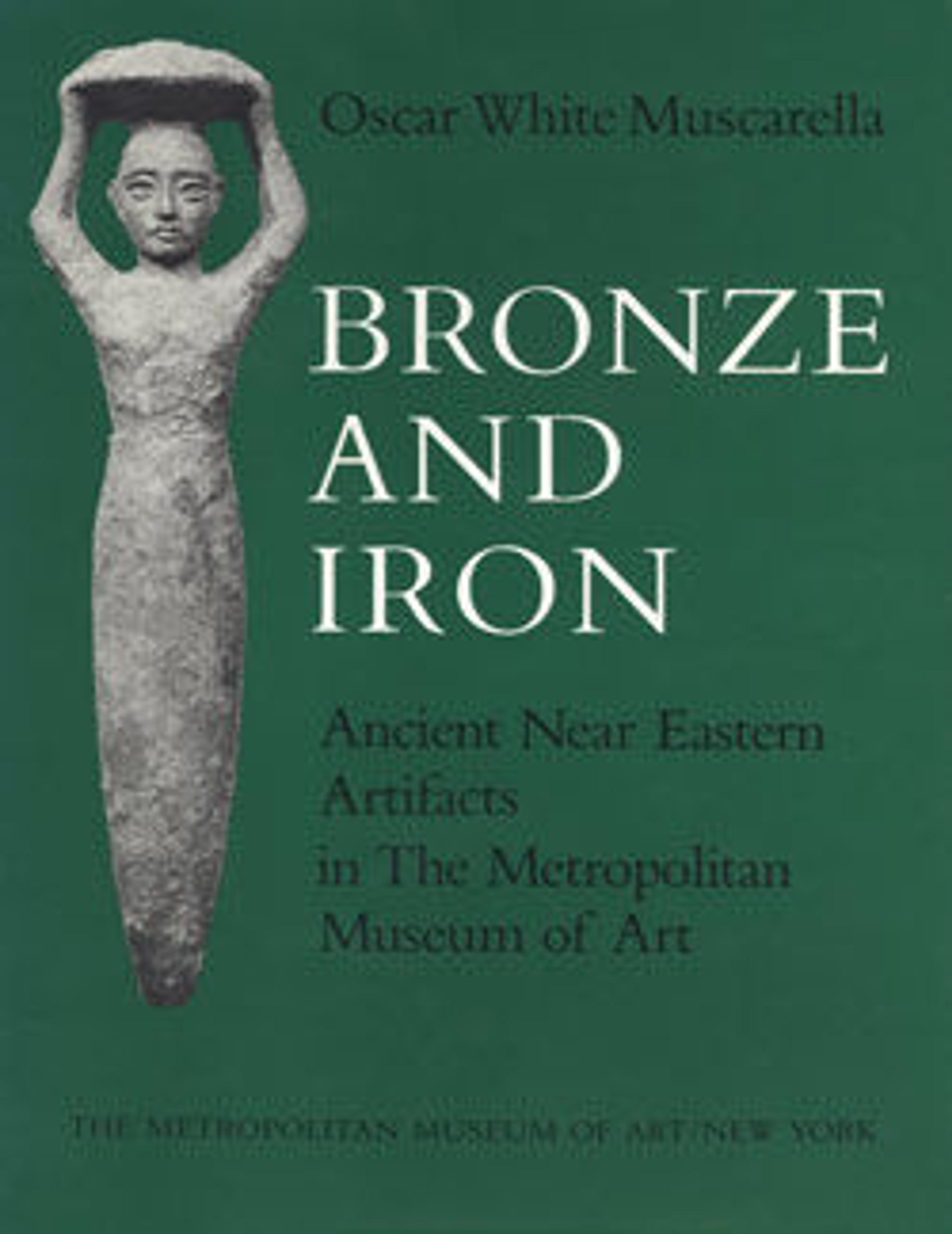Pendant in the form of a dog
This cast bronze pendant is in the form of a dog. It has a long snout, pointed ears, a tubular body and a raised tail. A thick suspension loop connects the back of its head with its shoulders.
This pendant was excavated at Surkh Dum, a settlement site in Luristan in the Zagros Mountains of western Iran. It was part of a large hoard of objects buried beneath a doorjamb in a structure interpreted as a sanctuary; thus the objects were probably offerings made for a god. Indeed, in Mesopotamia dogs were often associated with specific gods. But it is unknown whether this dog had a secular or a sacred purpose, or both.
This pendant was excavated at Surkh Dum, a settlement site in Luristan in the Zagros Mountains of western Iran. It was part of a large hoard of objects buried beneath a doorjamb in a structure interpreted as a sanctuary; thus the objects were probably offerings made for a god. Indeed, in Mesopotamia dogs were often associated with specific gods. But it is unknown whether this dog had a secular or a sacred purpose, or both.
Artwork Details
- Title: Pendant in the form of a dog
- Period: Iron Age III
- Date: ca. 8th–7th century BCE
- Geography: Iran, Luristan, Surkh Dum
- Culture: Iran
- Medium: Bronze
- Dimensions: 0.87 x 1.14 in. (2.21 x 2.9 cm)
- Credit Line: Rogers Fund, 1943
- Object Number: 43.102.15
- Curatorial Department: Ancient West Asian Art
More Artwork
Research Resources
The Met provides unparalleled resources for research and welcomes an international community of students and scholars. The Met's Open Access API is where creators and researchers can connect to the The Met collection. Open Access data and public domain images are available for unrestricted commercial and noncommercial use without permission or fee.
To request images under copyright and other restrictions, please use this Image Request form.
Feedback
We continue to research and examine historical and cultural context for objects in The Met collection. If you have comments or questions about this object record, please complete and submit this form. The Museum looks forward to receiving your comments.
